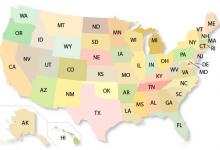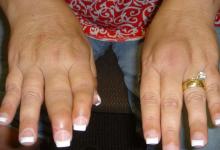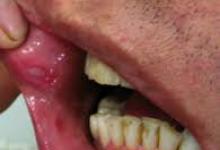First Degree Relatives and the Risk of Spondyloarthritis Save

The risk of developing ankylosing spondylitis (AS) if you are HLA-B27+ and a first degree relative is often said to be 20%.
Turina et al. set out to assess the risk of seemingly healthy first-degree relatives of AS based on whether they develop clinical, laboratory, or imaging features of spondyloarthritis (SpA).
They assessed 51 preclinical SpA (Pre-SpA) patients who had to be under age 40 yrs and first-degree relatives of HLA–B27–positive AS. Twenty-nine (57%) had back pain, 2 (4%) had psoriasis, 1 (2%) had inflammatory bowel disease, and 1 (2%) had uveitis.
On imaging, three (6%) had low-grade sacroiliitis, 1 (2%) had cervical syndesmophytes and 10 (20%) had sacroiliac joint bone marrow edema on MRI.
Overall, one-third (17/51) of the Pre-SpA relatives fulfilled SpA classification criteria and fewer (6-14%) fulfilled other criteria for spondyloarthritis based on either ASAS, ESSG, or Amor criteria.
First-degree relatives fulfilling the ASAS axial SpA and/or ESSG classification criteria had more frequent inflammatory back pain, had a higher level of disease activity, and had more psoriasis.
It appears that as much as 33% of healthy first-degree relatives of HLA–B27–positive AS patients will have or develop clinical and/or imaging abnormalities suggestive of SpA.
The long-term outcomes or the need for therapy in this and cohorts like this is currently unknown.










If you are a health practitioner, you may Login/Register to comment.
Due to the nature of these comment forums, only health practitioners are allowed to comment at this time.